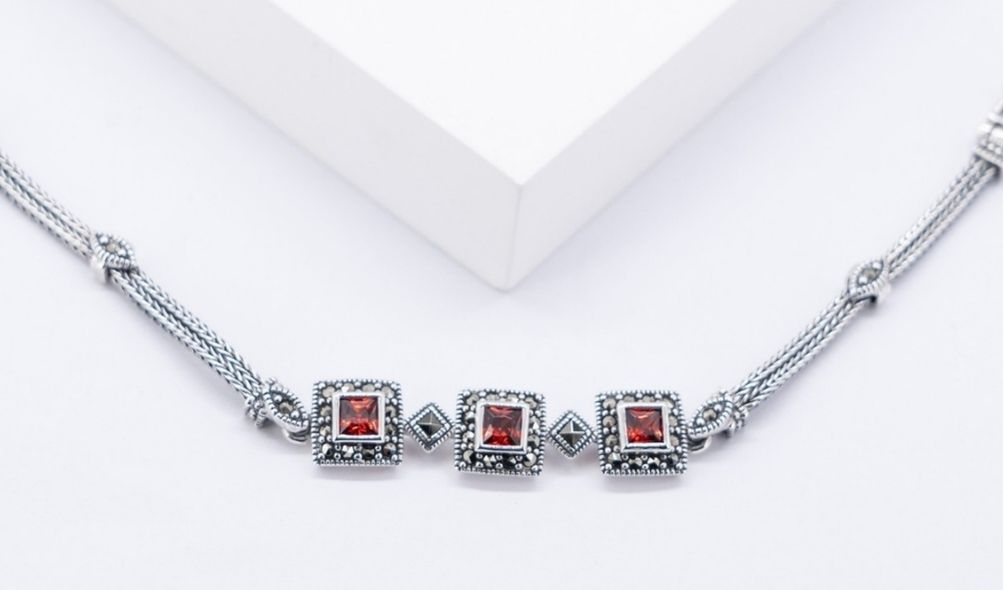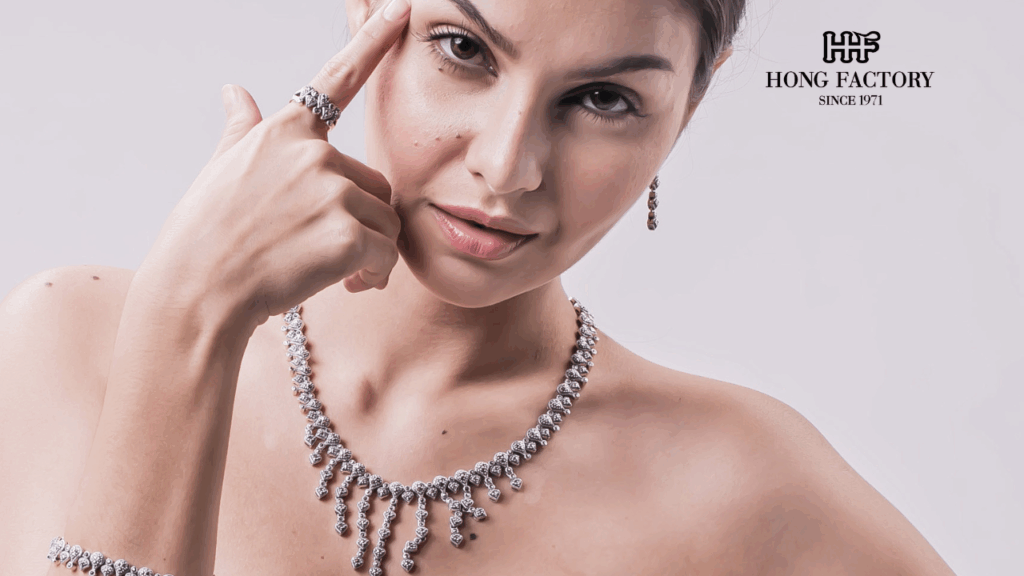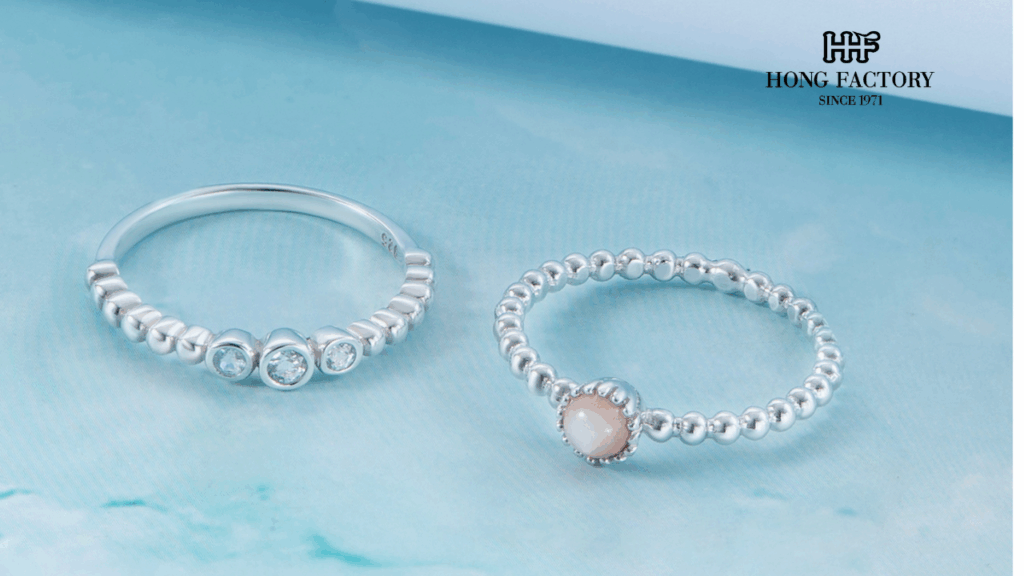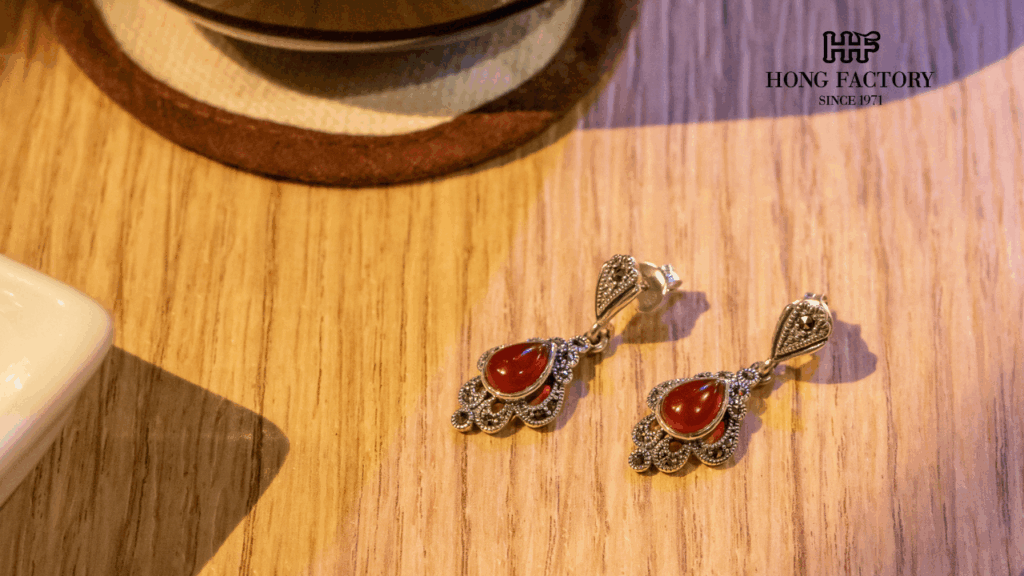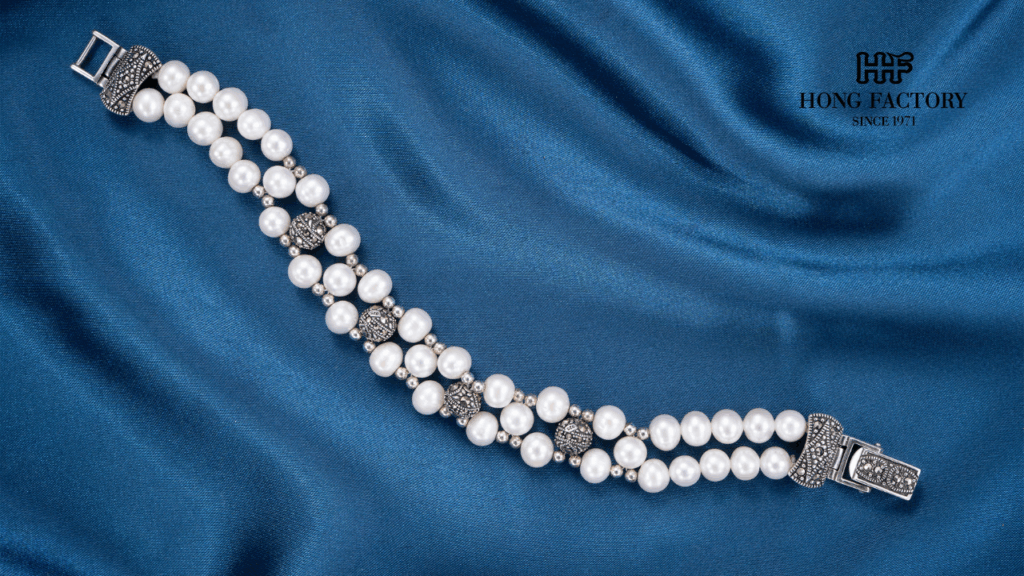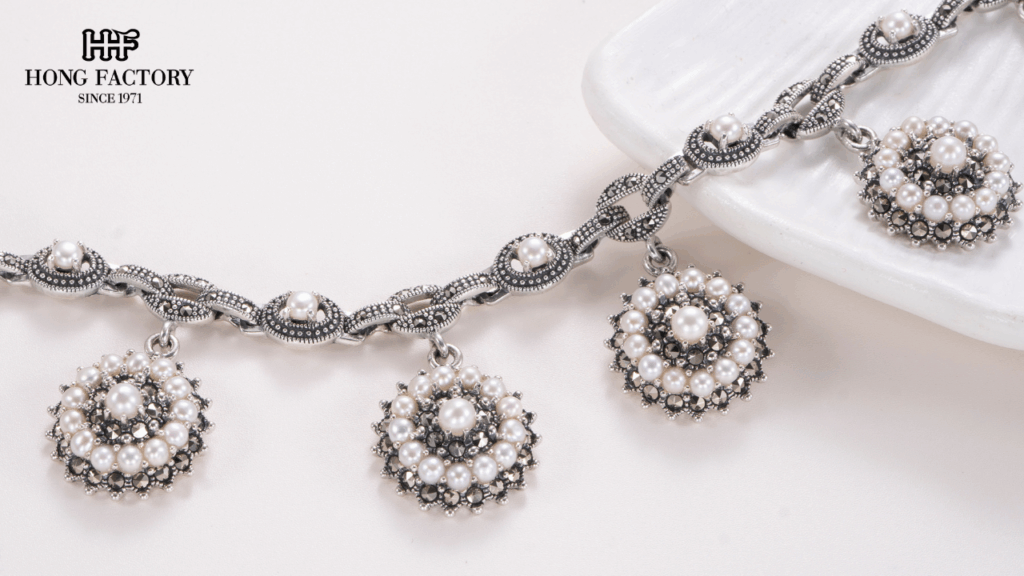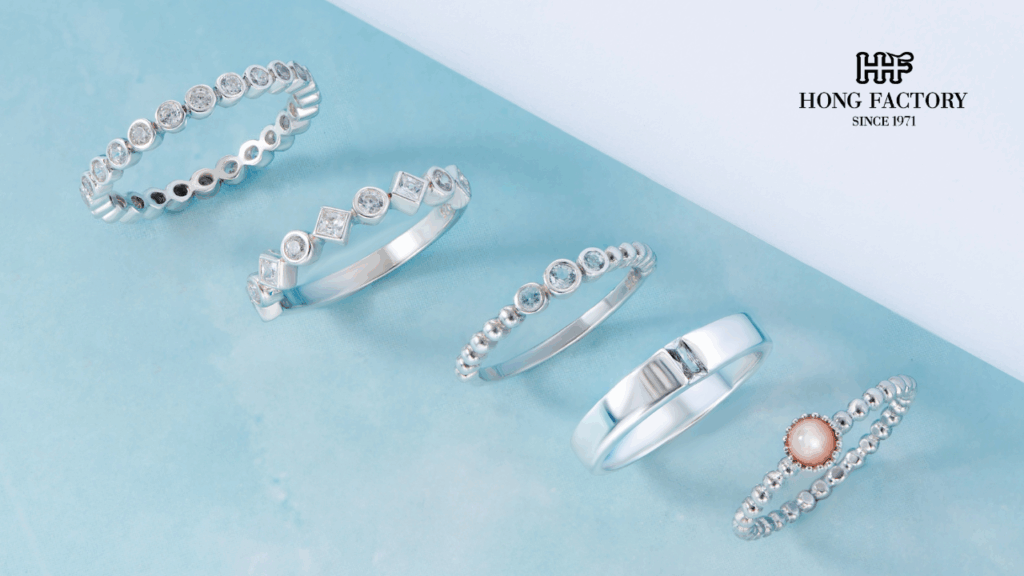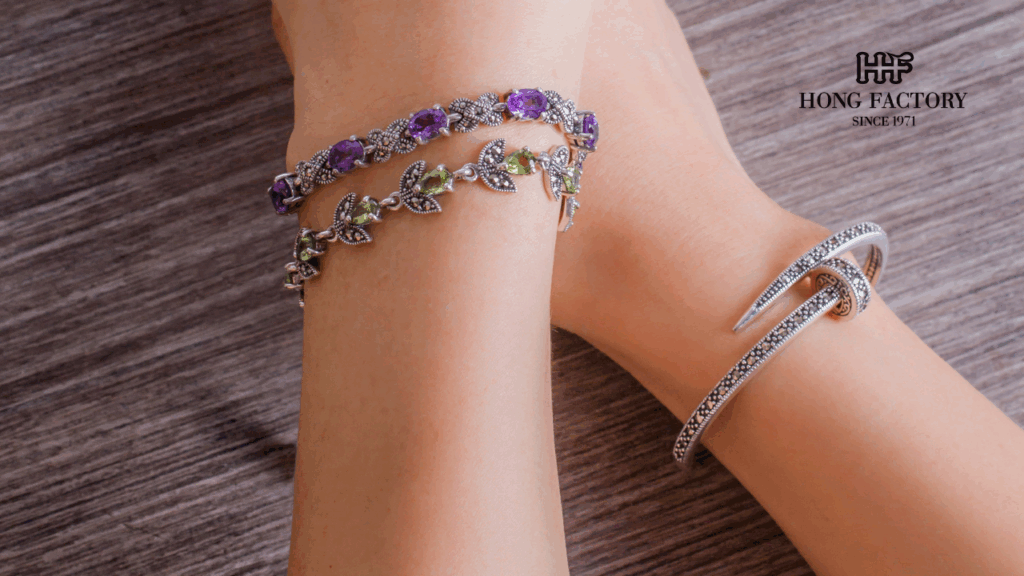You’ve found the beautiful piece of jewellery of your dreams, but how can you be sure it’s genuine? Fake jewellery is on the rise, with knockoffs frequently imitating the real item in appearance. However, the adage holds: if you purchase cheap, you buy twice! A fake diamond necklace may appear to be flawless at first, but after a while, the fractures will become visible.
What is different between fake and real jewellery
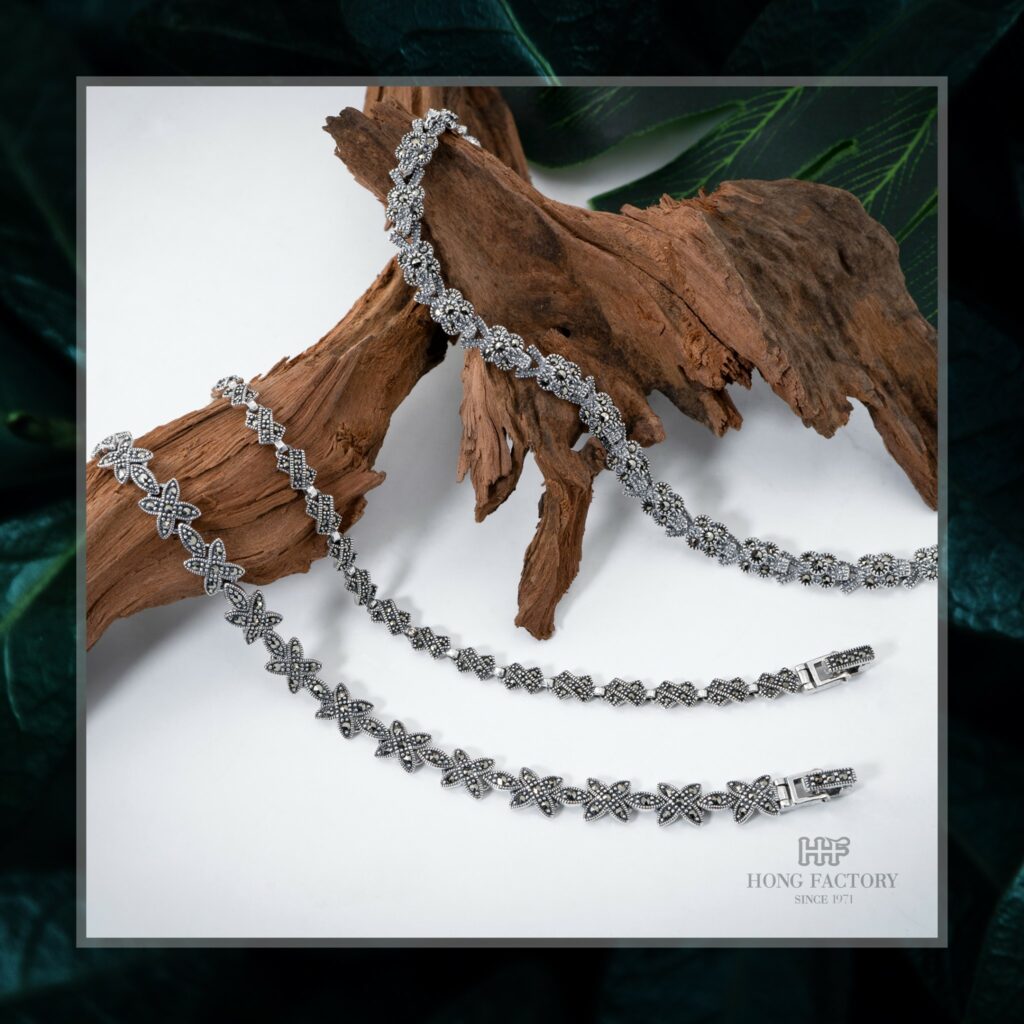
When buying online or antique, you run the risk of being duped by fakes, scammers trying their luck online, or outdated costume jewellery mixed in with real vintage items. If you have any questions about a piece of jewellery you’ve bought, such as fake earrings, or if you want to avoid buying fakes in the future, we’ve put together some helpful advice.
How to look for Fake Jewelry
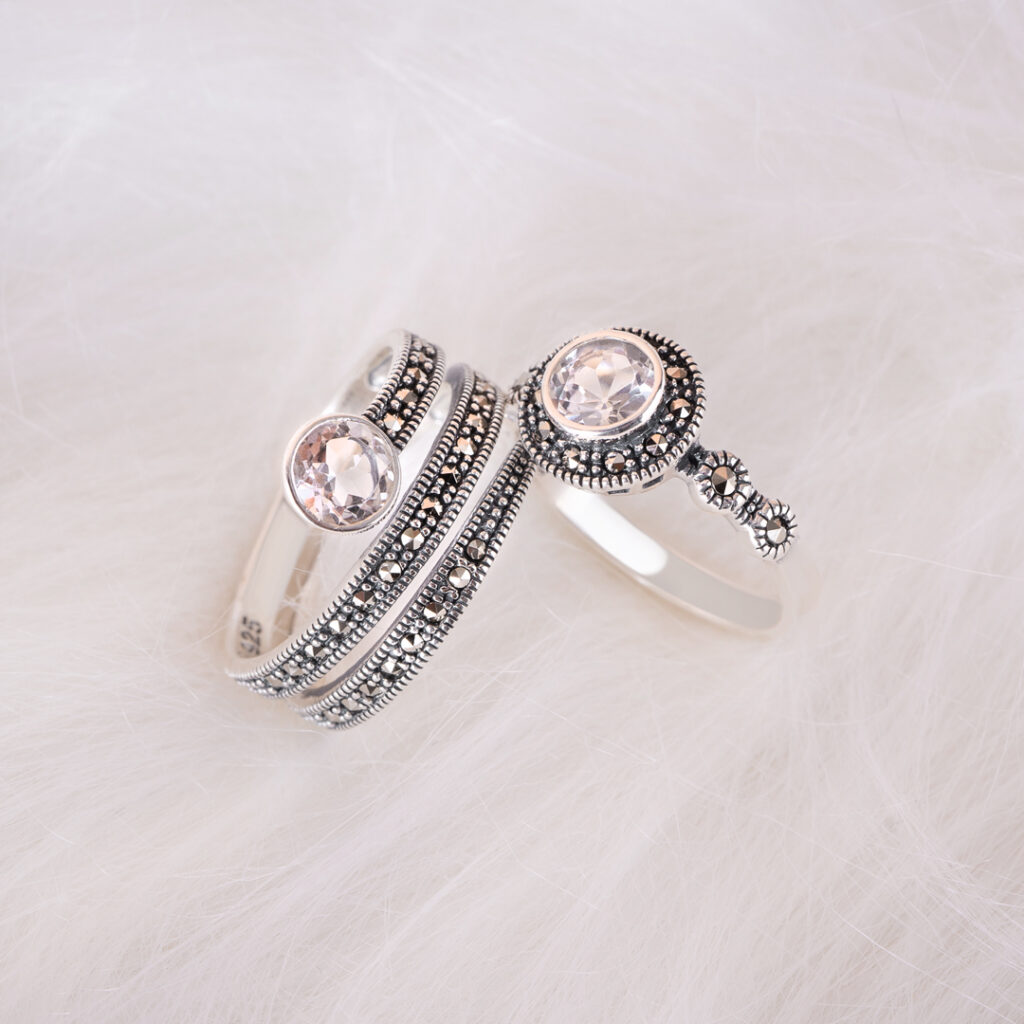
Is it possible that it’s too wonderful to be true?
We regret to inform you that if anything appears to be too good to be true, it almost always is! If you come across what appears to be real or designer jewellery at an unnaturally cheap price, have a look about and verify the RRP – big reductions are quite unusual, so be cautious if a price appears to be unnaturally low. Always trust your instincts; if something isn’t right, they’ll let you know.
Is this a reputable vendor?
Always be cautious while exploring second-hand products on Gumtree or Facebook Marketplace, or when bidding on online auction sites such as eBay or Shpock. While there are some fantastic bargains to be obtained, these sites are not regulated, which means that anybody may sign up and sell. Examine the seller’s reputation and feedback.
Is it possible for you to return it?
This is a dead giveaway that something isn’t quite what it seems. Most jewellery products come with at least 14 days to return them if there are any difficulties, especially if you are purchasing online and haven’t seen the jewellery in person.
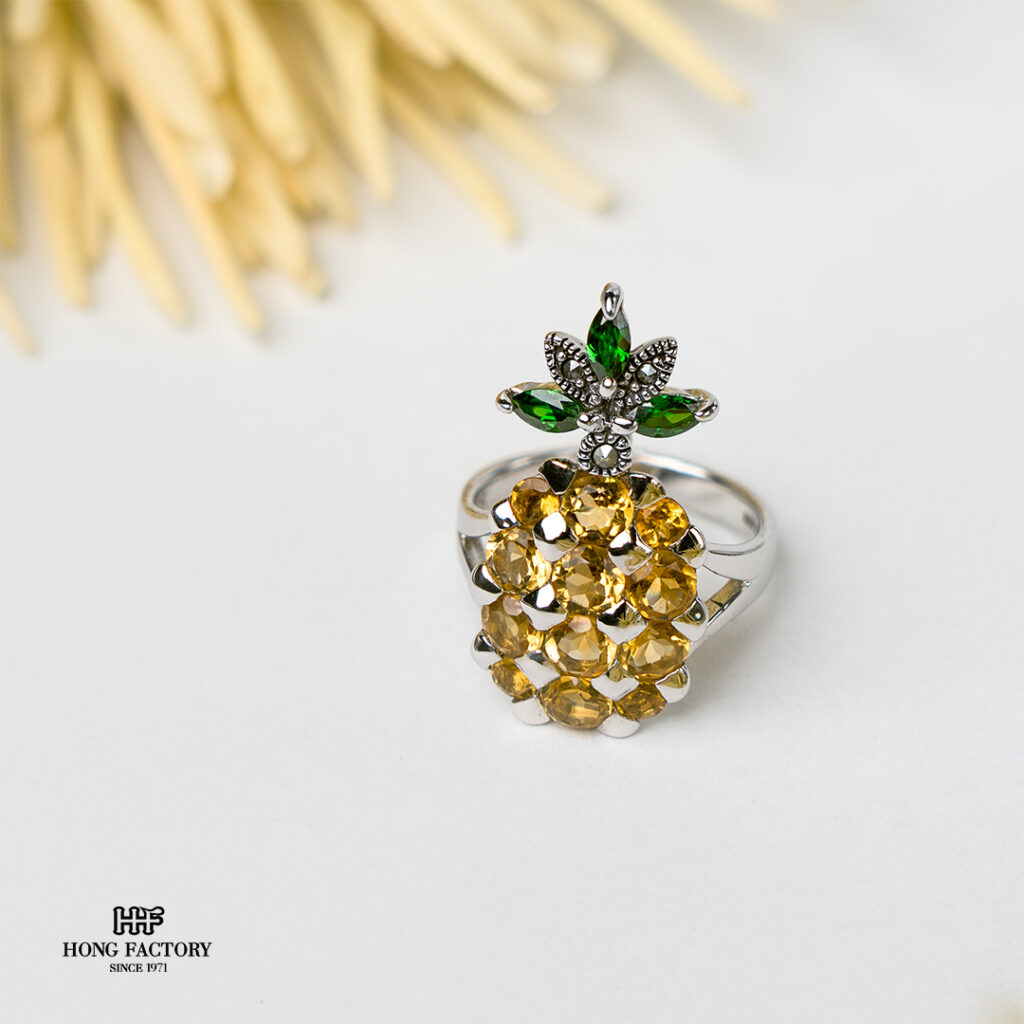
Keep an eye out for the hallmark.
The Hallmarking Act of 1973 mandates that all gold, silver, palladium, and platinum jewellery sold in the United Kingdom be hallmarked. The metal purity of certain goods, such as jewellery or silverware, is certified by this hallmark. Official hallmarking is your assurance of the standard and purity of the piece you’re buying because you can’t determine the purity of the metal by looking at it. For more information, see the International Association of Assay Offices. There are numerous hallmarks for different precious metals, and they might vary depending on the local office — for more information, visit the International Association of Assay Offices.
Examine the brand.
Branded products, especially those from high-end brands, typically have their distinctive mark. Check for this to confirm that the item you’re buying is from the designer who claims to have created it. Many phoney jewellery vendors have realised this and are now making items with forged hallmarks. While these may appear to be genuine at first glance, a closer examination typically reveals tiny flaws. Examine typefaces, layouts, and spellings to confirm that the hallmark on your jewellery is identical to the designers.
Test the efficacy
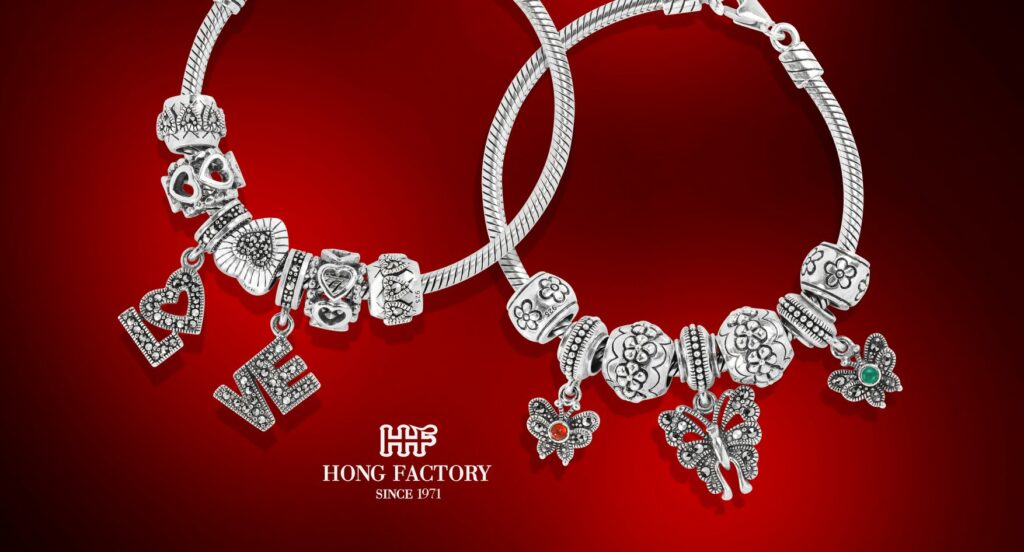
If an item isn’t authentic, there are generally immediate clues in terms of quality. Examine your jewellery carefully to check that the structure is sound. Check the links in a bracelet or necklace – false diamond earrings will appear squeezed together, but real diamond earrings should have a smooth, solid appearance.
Check the setting and mounting of a stone if you have a piece of jewellery with one, such as a ring. Costume jewellery can be mistaken for real, but closer inspection reveals that the stones are frequently glued in place rather than correctly set. These are all fairly obvious features, yet they’re easy to overlook at first sight or in a photo on the internet.
Check the stones
While poor-quality jewellery is generally obvious, a gemstone that is too flawless might be a telltale sign of a fake. Real gemstones used in imitation earrings aren’t flawless, and natural specks can be seen within the stone. Diamonds are similar in that they are naturally produced, and when examined under a magnifying lens, the natural flaws can generally be seen. Replicas of valuable gemstones and diamonds are frequently made from a combination of glass and plastic and have an excessively smooth look that may be detected.

